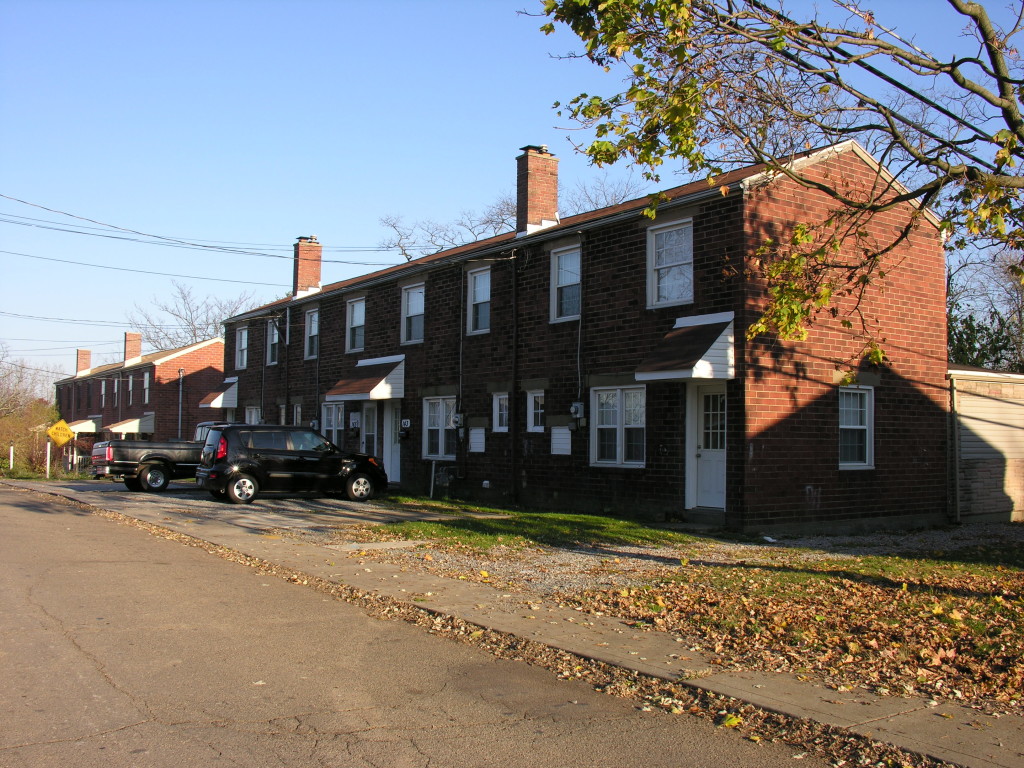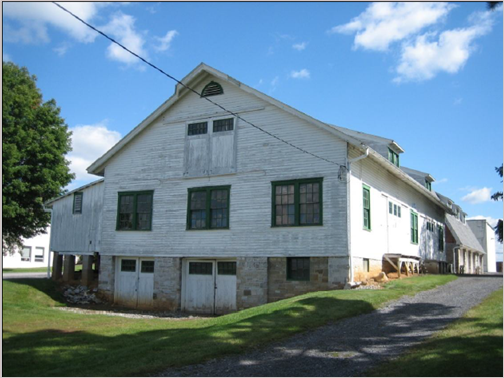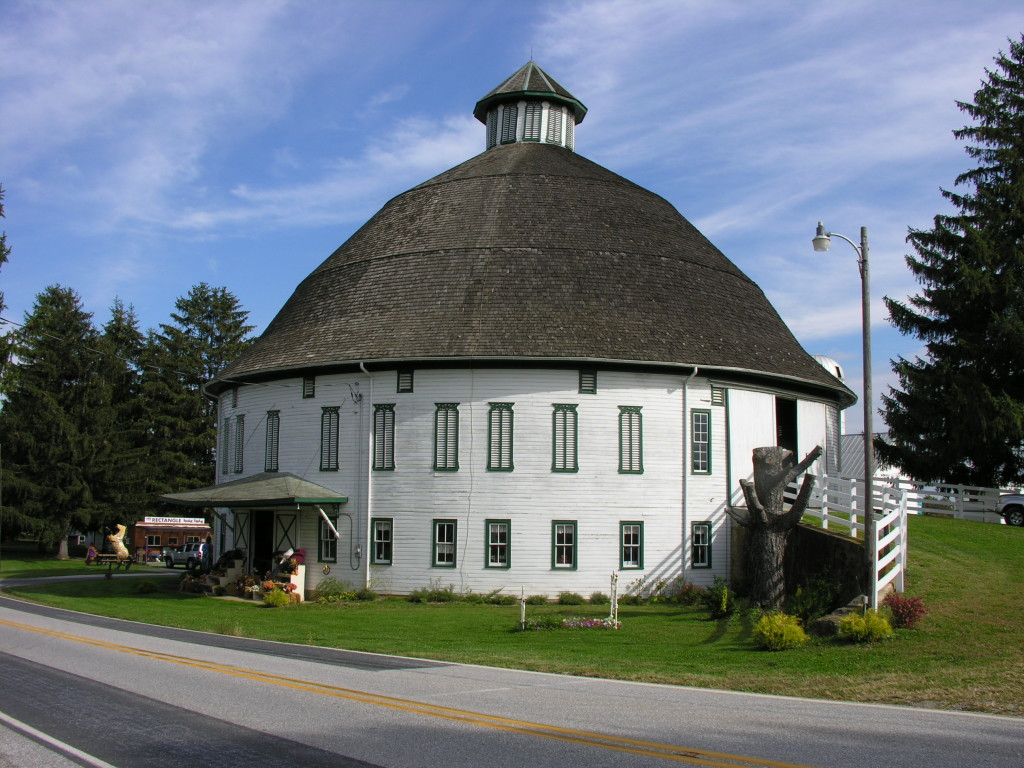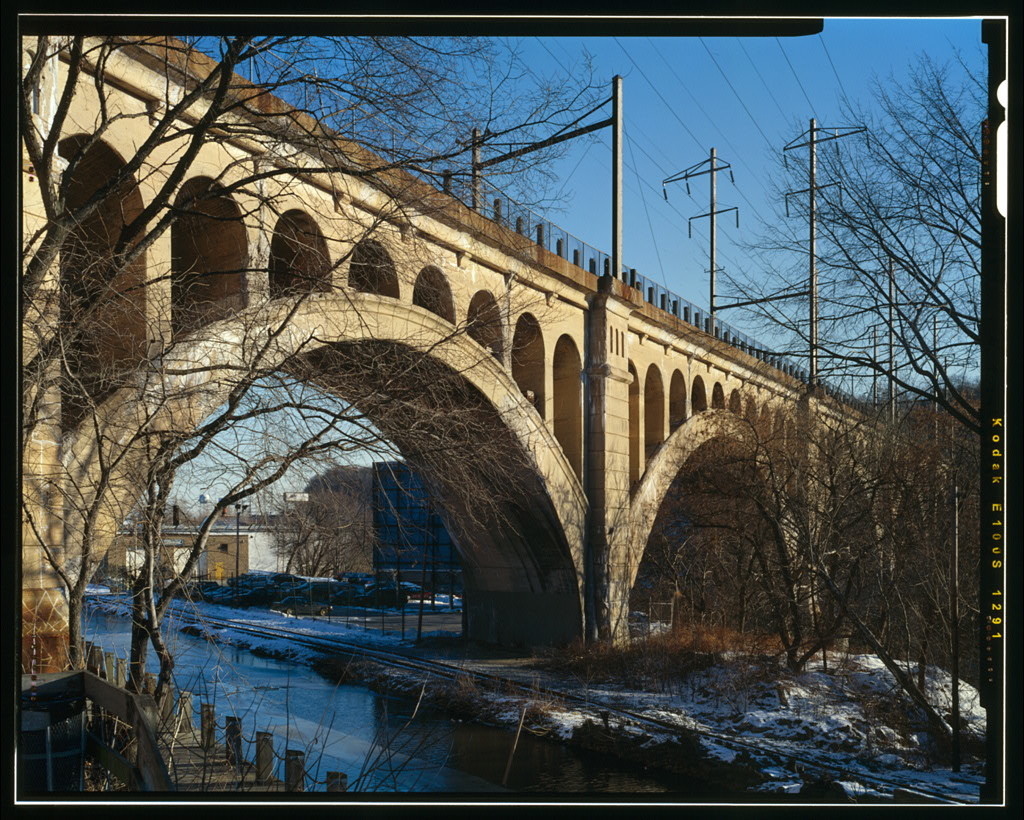It’s hard to believe that a month has gone by since our first ever SHPO Shout-Out! I’ll give my own Shout-Out to everyone who liked, posted, shared, tweeted, and emailed our November post to spread the word not only about the great projects I featured but also to let people know that we’d like to crowd-source candidates for future posts. The number of emails I got from readers with ideas for candidates were low – like zero! – but I understand that you’re all just getting used to the idea, right?! I can’t possibly know about all the good preservation victories across the 46,055 sq. mi. that make up Pennsylvania and I need your help!
If you or your friends and colleagues are involved in or hear about great preservation happening in Pennsylvania, please email me at ssplain@pa.gov with your suggestions! While I can’t promise that it will get covered in the monthly Shout-Out, I can promise that we’ll add it to our growing list of great preservation work happening across Pennsylvania. Quick reminder: eligible Shout-Outs must be related to SHPO program areas (the National Register, historic resource survey, historic tax credits, Keystone grants, community coordinators/preservation planning, CRGIS, historic markers, and environmental project review/mitigation) and can recognize small baby steps to large milestones, and everything in between, led by the public, an organization, municipality, community group, regional government, or state or Federal agency.
Without further ado…
The Sun isn’t Setting on Mooncrest!
Our first Shout-Out goes to Moon Township in Allegheny County, about 12 miles northwest of Pittsburgh along the Ohio River, for their recently-released Mooncrest Economic & Market Study Analysis. This great study provides a market analysis for the historic neighborhood and provides recommendations to improve its economic stability. Designated as a local historic district in 2004 and listed in the National Register of Historic Places in 2013, Mooncrest is a planned residential development built in 1943 by the federal government under the Landham Act for workers involved in the United States’ massive, rapid mobilization for World War II. This master-planned community originally included 396 attached housing units in 104 brick buildings and had its own community amenities (think school, store, parks) to help support it as a permanent – rather than transient, as most WWII federal housing projects were – neighborhood in Moon Township. Mooncrest also stands out as a historically integrated community that eventually transitioned out of government ownership into private investors, saving it from the fate of similar communities that became low-income housing or run by co-op groups. Since the late 20th century, Mooncrest had experienced a gradual decline and disinvestment but by the early 21st century, Moon Township, the Mooncrest Neighborhood Association, and various partners – including the PA SHPO – worked to bring community programs, strategic planning, and new opportunities to Mooncrest residents. Their economic and market study analysis, which PA SHPO grant money helped to fund, is a great example of how using a community’s history, culture, character, and older buildings can provide a very strong foundation for economic revitalization.
Barn Again! (And again, and again, and again…)
Moving into our central Pennsylvania region… there are so many things to celebrate that I’m having trouble picking just one! I’m going with the Historic Gettysburg Adams County Barn Preservation Project, which is truly a labor of preservation love. We had someone from the Project guest author a post for us back in June, and I’m happy to report that in October, the group documented their 200th barn in Adams County! According to this article in the local newspaper , “the project’s goal is to preserve historical barns by adding them to a countywide registry and awarding grants funds to owners who need financial help in preserving the archetypes of good old fashioned American architecture.” The PA SHPO supported this project several year ago with a grant to get the group started with their survey efforts. The group surveys barns by owner request, so if you live in Adams County and have a big old barn, be sure to get in touch with these guys. Keep up the good work!
If you’re interested in learning more about Pennsylvania’s historic barns, make sure to visit the PA SHPO booth at the 2016 Farm Show in January!
Bridging the Divide
Our last SHPO Shout-Out for this month goes to the loooong list of public and private partners that joined forces to repurpose the closed Manayunk Bridge, a remnant of an earlier industrial era that defined a large section of the Schuylkill River between Manayunk and Lower Merion Township, Montgomery County, as part of the Schuylkill River Trail. The Manayunk bridge – aka the Pencoyd Viaduct – is a 1,200’ open spandrel arch concrete bridge built in 1918 by the Pennsylvania Railroad for freight cars; it later operated as part of a SEPTA commuter line through the end of the 20th century when structural problems forced its closure. Another chapter in the larger rails-to-trails story, this project connects the Cynwyd Heritage Trail in Lower Merion, via Manayunk, to the Schuylkill River Trail, also successful rail conversion. Primary sponsors include Lower Merion Township, the City of Philadelphia, and the Manayunk Development Corporation, in addition to a whole host of local, regional, state, private, and non-profit partners. The PA SHPO role included determining the bridge is eligible for listing in the National Register of Historic Places and project review under Section 106 of the National Historic Preservation Act, as amended.
As always, my last SHPO Shout-Out is to thank you for all the good work you do every day to preserve, protect, and promote our historic places!
Comment Policy
PHMC welcomes and encourages topic-related comments on this blog. PHMC reserves the right to remove comments that in PHMC’s discretion do not follow participation guidelines.
Commenters and Comments shall be related to the blog post topic and respectful of others who use this site.
Commenters and Comments shall not: use language that is offensive, inflammatory or provocative (this includes, but is not limited to, using profanity, obscene, or vulgar comments); disparage other commenters or people; condone illegal activity; identify the location of known or suspected archeological sites; post personal information in comments such as addresses, phone numbers, e-mail addresses or other contact details, which may relate to you or other individuals; impersonate or falsely claim to represent a person or an organization; make any commercial endorsement or promotion of any product, service or publication.
If you would like to comment on other topics not related to this blog post but related to PHMC, please fill out the PHMC Contact Us Form.








Leave a Reply